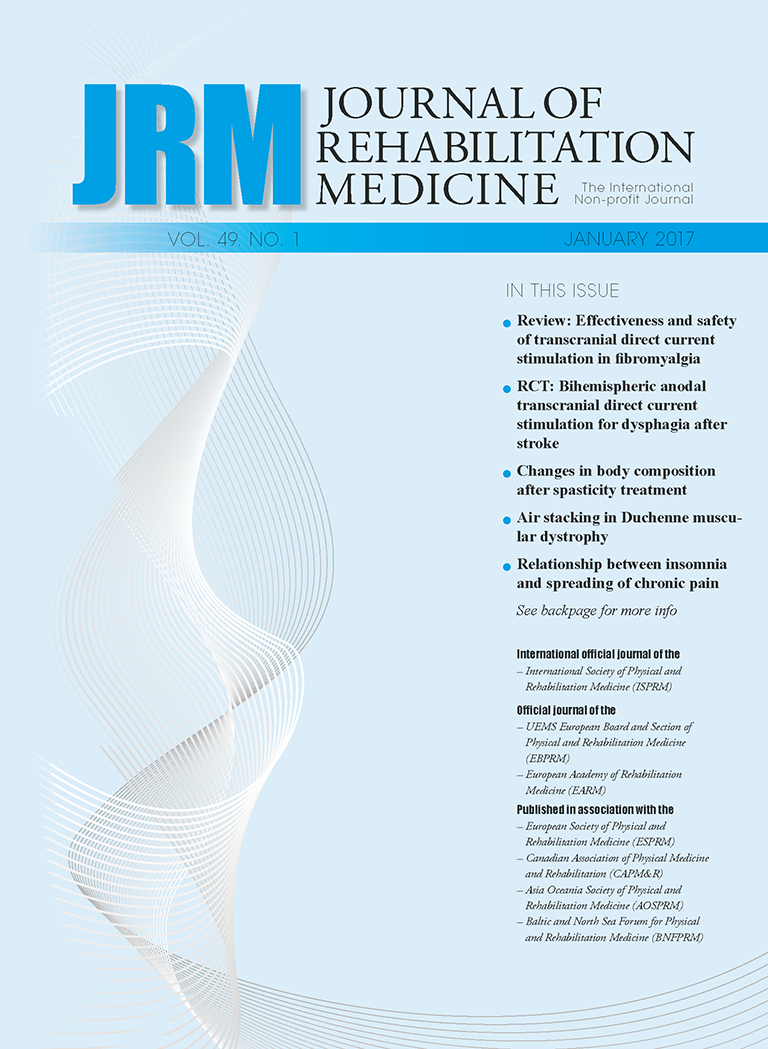
Cranio-cervical flexion similar to cervical proprioception training for chronic neck pain

Cranio-cervical flexion similar to cervical proprioception training for chronic neck pain
Comparison of cranio-cervical flexion training versus cervical proprioception training in patients with chronic neck pain: A randomized controlled clinical trial
J Rehabil Med. 2016 Mar 1;48(1):48-55.Did you know you're eligible to earn 0.5 CME credits for reading this report? Click Here
Synopsis
28 patients with mild to moderate levels of neck pain and disability were randomized to one of two exercise interventions for two months: (1) cranio-cervical flexion (CCF) training or (2) cervical proprioception training. The purpose of this study was to compare the efficacy of the two treatments in terms of pain, function, pain pressure thresholds, or performance on the cranio-cervical flexion te...
To view the full content, login to your account,
or start your 30-day FREE Trial today.
FREE TRIAL
LOGIN
Forgot Password?
Explore some of our unlocked ACE Reports below!

Learn about our AI Driven
High Impact Search Feature
Our AI driven High Impact metric calculates the impact an article will have by considering both the publishing journal and the content of the article itself. Built using the latest advances in natural language processing, OE High Impact predicts an article’s future number of citations better than impact factor alone.
Continue



 LOGIN
LOGIN

Join the Conversation
Please Login or Join to leave comments.